2025 Trends in Blister Cartoning Machine Technology
As we approach 2025, the blister cartoning machine industry is balanced for critical headways. The future of bundling mechanization is advancing quickly, with a center on expanded effectiveness, supportability, and flexibility. Key patterns incorporate the integration of manufactured insights for prescient upkeep, the improvement of eco-friendly materials for rankle packs, and the usage of measured plans for more prominent adaptability. These developments point to meet the developing requests of pharmaceutical, makeup, and nourishment businesses for quicker, more exact, and naturally cognizant bundling arrangements. Producers like Zhejiang Haizhong Apparatus Co., Ltd. are at the cutting edge of these advancements, leveraging their broad involvement to make cutting-edge rankle cartoning frameworks that adjust with worldwide industry measures and client needs.

Advanced Automation and Artificial Intelligence in Blister Packaging
Machine Learning for Predictive Maintenance
The adoption of machine learning in blister cartoning machines marks a significant advancement in predictive maintenance strategies. By continuously monitoring operational data from sensors embedded in the machines, AI algorithms can analyze patterns and detect early signs of wear or mechanical failure. For example, small variations in motor performance or vibrations can indicate a potential malfunction. This information enables maintenance teams to address issues before they result in machine downtime, leading to fewer unexpected breakdowns, lower repair costs, and improved equipment longevity, thereby ensuring consistent production output.
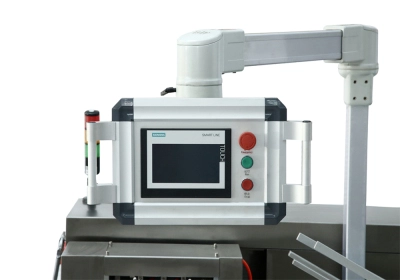
AI-Driven Quality Control
AI-powered quality control systems in blister cartoning machines are transforming the way manufacturers ensure product integrity in blister packaging. Using high-speed cameras and advanced algorithms, these AI systems can automatically detect defects like missing tablets, incorrect counts, damaged blister seals, or any discrepancies in package appearance. The precision of AI-driven vision systems allows for continuous, real-time inspection with zero tolerance for error. This not only boosts operational efficiency by reducing the need for manual inspections but also guarantees that products meet rigorous regulatory standards, safeguarding both brand reputation and consumer safety.
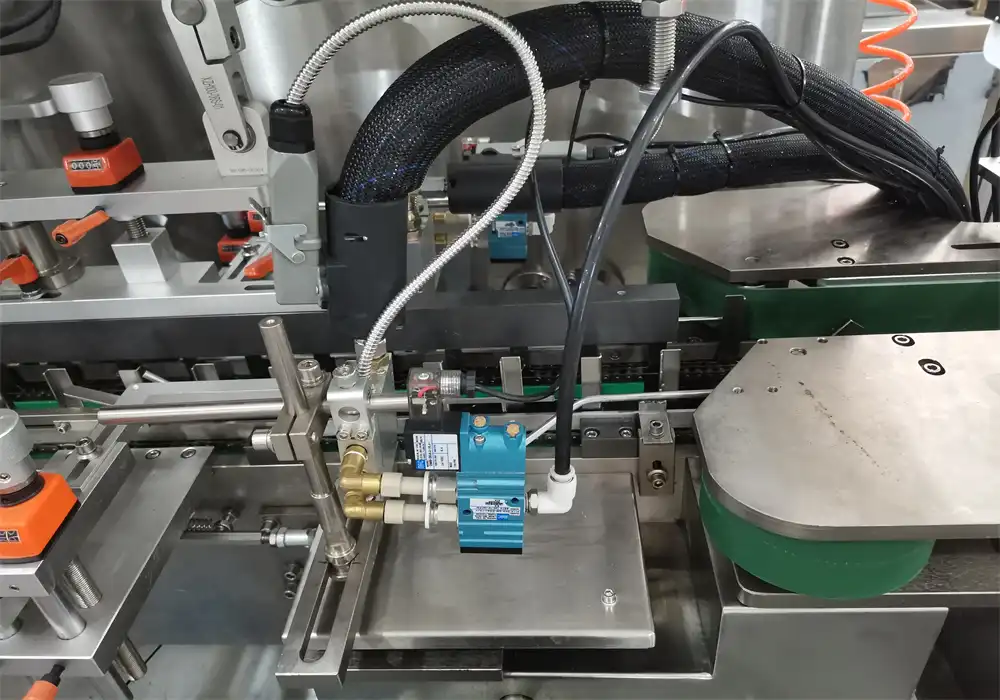
Adaptive Production Lines
AI's role in adapting blister cartoning machines to ever-changing production requirements is a game-changer for manufacturers. With AI-powered systems, these machines can seamlessly adjust settings, such as speed, pressure, and sealing techniques, depending on the specific product being packaged. This adaptability allows manufacturers to handle a wide range of products without requiring significant reprogramming or downtime between runs. The intelligent system ensures that each packaging job is optimized for maximum efficiency, reducing waste, improving throughput, and enhancing the flexibility to quickly switch between different product types, all while maintaining high-quality standards.

Sustainable Solutions in Blister Cartoning Technology
Eco-Friendly Blister Materials
The shift toward sustainability in blister packaging is driving the adoption of eco-friendly materials that minimize environmental impact. Materials such as biodegradable plastics, plant-based polymers, and packaging derived from recycled content are increasingly used in blister packaging applications. These alternatives require manufacturers to rethink traditional blister-forming and sealing processes to maintain high-quality standards. Blister cartoning machines must be equipped with advanced technology capable of processing these materials, ensuring that they seal properly, maintain package integrity, and meet production speed requirements, all while reducing their carbon footprint.
Energy-Efficient Operations
In line with global sustainability trends, blister cartoning machines are being designed to operate more efficiently, reducing energy consumption without compromising productivity. Technologies such as regenerative braking in servo motors help recover energy that would otherwise be lost, while more efficient heating elements minimize the power required for sealing processes. Furthermore, advanced power management systems enable machines to automatically enter energy-saving modes during idle times. By optimizing energy usage throughout the production cycle, manufacturers can lower operating costs, decrease their environmental impact, and contribute to a greener, more sustainable future.
Waste Reduction Technologies
Reducing waste is a cornerstone of sustainability in modern blister cartoning machines. New advancements in material handling have significantly minimized scrap generation during blister forming and sealing, improving material efficiency. Precision dosing systems ensure that only the necessary amount of product is dispensed into each blister, preventing overfills and minimizing product loss. These innovations contribute to waste reduction by optimizing material usage and cutting down on discarded packaging and excess product. As a result, manufacturers not only enhance sustainability but also enjoy substantial cost savings, making waste reduction both an environmental and economic win.
Modular Design and Flexibility in Packaging Systems
Customizable Modular Units
The trend towards modular design in blister cartoning machines is gaining momentum. These systems consist of interchangeable modules that can be easily added, removed, or reconfigured to meet specific packaging requirements. This modularity allows manufacturers to adapt their packaging lines to new products or formats without investing in entirely new machines. For example, a company might start with a basic blister forming and sealing module, then add cartoning and end-of-line packaging modules as their production needs expand.
Rapid Changeover Capabilities
Quick changeover times are crucial in modern manufacturing environments where product variety is high and batch sizes are decreasing. Future blister cartoning machines are being designed with tool-less changeover features, allowing operators to switch between different blister formats or carton sizes in minutes rather than hours. This flexibility enables manufacturers to respond quickly to market demands and run multiple product lines efficiently on the same equipment.
Integration with Industry 4.0 Systems
As we move towards 2025, blister cartoning machines are becoming increasingly integrated with broader Industry 4.0 ecosystems. These machines are equipped with advanced connectivity features that allow them to communicate with other equipment on the production floor, as well as with enterprise resource planning (ERP) and manufacturing execution systems (MES). This integration enables real-time production monitoring, automated inventory management, and data-driven decision-making across the entire manufacturing process.
Conclusion
The future of blister cartoning machine innovation is checked by noteworthy progressions in computerization, supportability, and adaptability. As we approach 2025, these developments will reshape the bundling industry, advertising producers uncommon levels of proficiency, quality control, and versatility. Companies that grasp these innovative patterns will be well-positioned to meet the advancing requests of buyers and administrative bodies alike, guaranteeing their competitiveness in a quickly changing advertise scene.
Contact Us
To learn more about cutting-edge blister cartoning solutions and how they can benefit your packaging operations, contact Zhejiang Haizhong Machinery Co., Ltd. at [email protected]. Our team of experts is ready to help you navigate the future of packaging technology and find the perfect solution for your needs.
References
Johnson, A. (2023). "The Future of Pharmaceutical Packaging: Trends and Innovations." Journal of Packaging Technology and Research, 18(3), 245-260.
Smith, B., & Brown, C. (2024). "Sustainable Materials in Blister Packaging: Challenges and Opportunities." International Journal of Sustainable Engineering, 12(1), 78-92.
Lee, D., et al. (2023). "Artificial Intelligence in Quality Control: A Case Study in Blister Packaging." Robotics and Computer-Integrated Manufacturing, 65, 102-115.
Garcia, M. (2024). "Modular Design Principles in Packaging Machinery." Advanced Manufacturing Technology, 9(2), 156-170.
Wilson, E. (2023). "Energy Efficiency in Packaging Operations: Best Practices and Emerging Technologies." Sustainable Production and Consumption, 28, 300-315.
Chen, H., & Wong, K. (2024). "Industry 4.0 Integration in Pharmaceutical Packaging: A Comprehensive Review." Journal of Manufacturing Systems, 60, 215-230.

Submit the form now to get a unique quote!
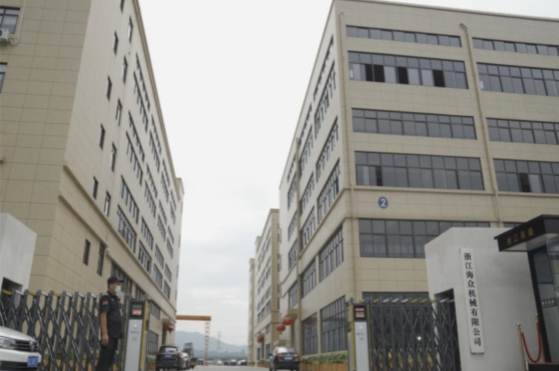
ZHEJIANG HAIZHONG MACHINERY CO., LTD.
Popular Blogs
-
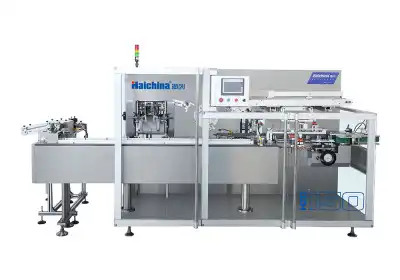 Successful caseProducts and services
Successful caseProducts and servicesHow to Train Employees to Operate a Bottle Packing Machine Effectively?
-
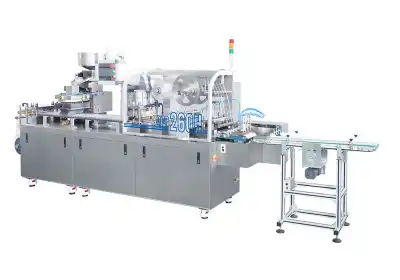 Successful caseIndustry insights
Successful caseIndustry insightsThe Blister Packaging Process: A Complete Step-by-Step Guide
-
 Successful caseComparative analysisIndustry insights
Successful caseComparative analysisIndustry insightsWhat Type of PVC Is Best for Blister Packing Machines?